How should I use the KONO door filter cup? Introduction to the principle, characteristics and methods of KONO filter cup extraction
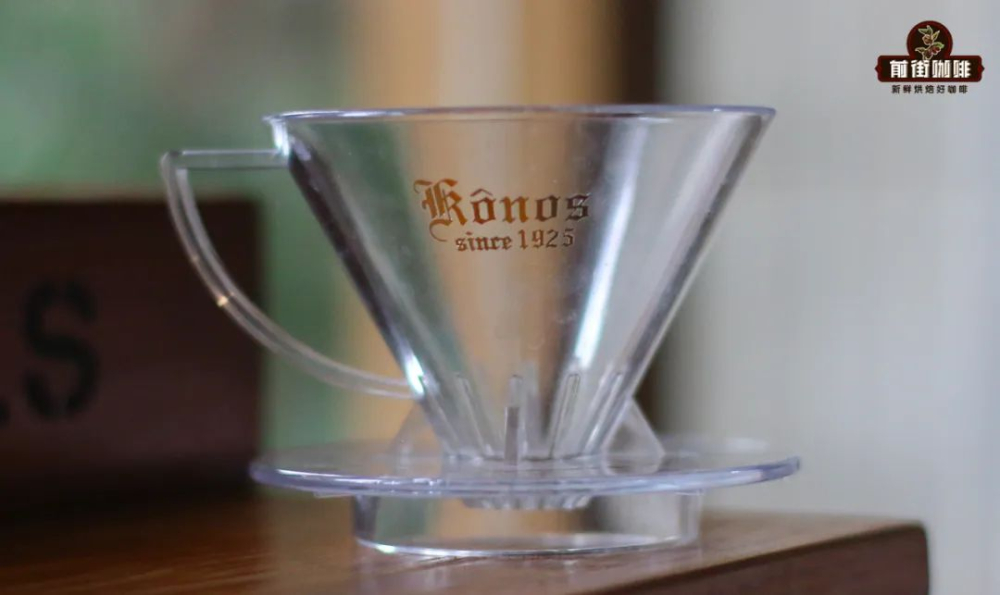
The upper part of the KONO filter cup is a smooth curved surface, which can better fit with the filter paper after wetting. Compared with the v60 filter cup, the way of extracting coffee is mainly immersion extraction, which is similar to siphon coffee, which increases the mellowness and roundness of coffee flavor. Baristas on the front street will prefer KONO filter cups when cooking deeply roasted coffee beans, such as Jamaica Blue Mountain No. 1 coffee beans, Brazilian Queen's Manor coffee beans, golden manning coffee beans and so on.
When it comes to Japanese-style coffee, the first thing that comes to mind is "Japanese baking". Most Japanese prefer strong baked aroma to sour flavor, so deep-baked beans are more acceptable in the market. In order to avoid too much bad bitterness in the process of extraction, the popular flannel trickling filtration method in the early 20th century is to use the resulting foam to absorb the bad "bitter taste" of coffee ingredients, while slowly injecting water and lowering the water temperature to reduce miscellaneous tastes. make deep-roasted coffee taste more delicious. In the 1970s and 1980s, there was a craze for coffee utensils in Japan, the most representative of which was the KONO Mingmen filter cup invented and designed by Mr. Toshio Kono in 1973.
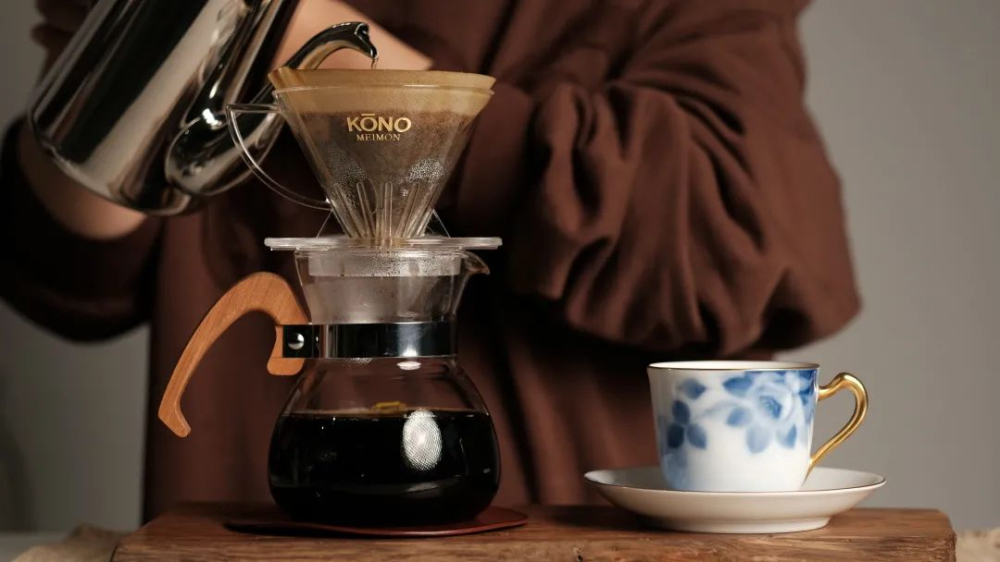
The original intention of KONO door filter cup is to solve the problem of inconvenient cleaning of flannel filter cloth and to restore the flavor of flannel trickling to the maximum. To this end, Mr. Kono designed the angle of the filter cup to be similar to the cone shape of flannel filter cloth, which on the one hand makes the coffee powder more concentrated and forms a powder layer with sufficient thickness, on the other hand, it also increases the concentration of water flow. In order to keep the hot water from staying at the bottom of the filter cup for too long, a more spacious opening design is adopted to achieve the dripping speed of almost flannel filter cloth. However, the drawback of the rapid decline of the water level is that the coffee powder is not draught enough to be fully extracted. in order to solve this problem, 12 radial ribs are set up inside the filter cup.
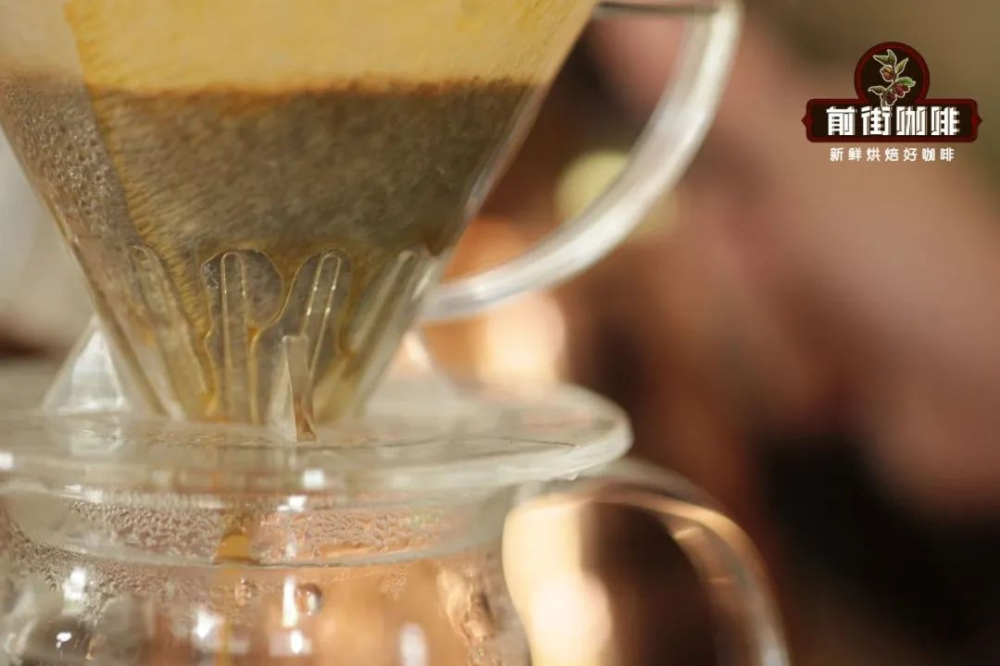
The smooth curved surface makes the filter paper closely fit with the upper wall of the cup after absorbing water, and the only exhaust direction is the outlet at the bottom of the filter cup. Under the action of gravity, coffee liquid can only be concentrated into the lower pot. The exhaust space is limited, and the air flow is also limited, which ensures that each coffee powder can be fully drained after water injection, and the flavor substances can be extracted evenly and effectively. Because the flow rate of the KONO filter cup is slow, the sweetness of the coffee will be more obvious, the taste is easy to go to the rich direction, the overall extraction is more uniform, and the aroma is introverted, which is more suitable for deep-roasted coffee beans.
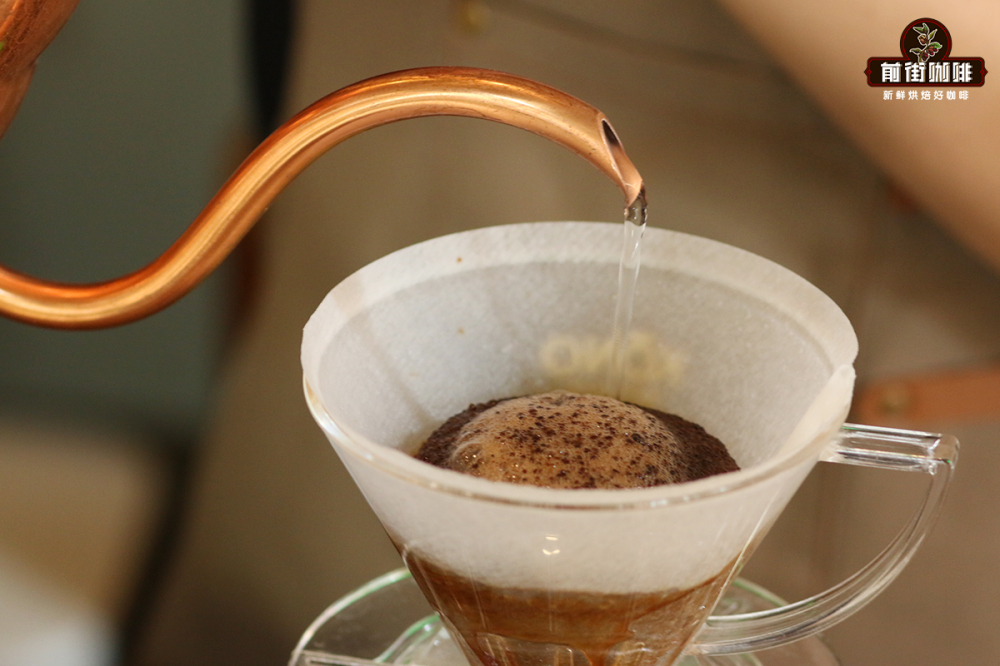
The front street below takes the self-roasted Jamaican Blue Mountain No. 1 coffee beans as an example to demonstrate how to use a KONO filter cup to make a mellow coffee. If you want to show the full flavor and mellow taste of coffee, you should master the degree of grinding, water temperature, powder-water ratio and water injection techniques.
The degree of grinding is one of the key factors affecting the taste of coffee. After grinding into powder, coffee beans come into contact with hot water and release a large number of flavor substances soluble in water. In the same soaking time, the smaller the particles are, the more substances are extracted, and the larger the particles are, the less substances are extracted. To put it simply, the thicker the grinding is, the lighter the coffee taste is, and the finer the grinding degree is, the stronger the coffee flavor is. A tool is used to adjust the grinding degree in the front street-China 20 0.85mm standard sieve. The screening rate of medium and shallow roasted coffee beans in front street is always 75%, while that of medium and deep roasted coffee beans is 70%.
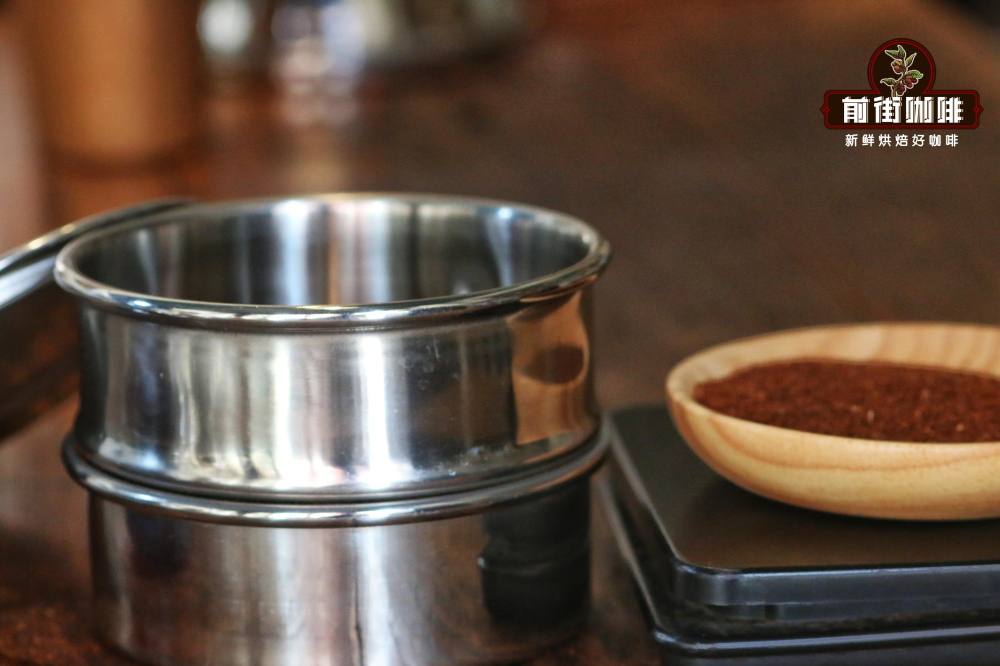
Compared with light roasted coffee, medium and deep roasted blue mountain beans have a looser internal structure, so they have better water absorption and are easy to release macromolecular bitter substances. In order to avoid excessive extraction, Qianjie chooses a thickness of 75% of the standard screen 20. When in use, Qianjie first weighs 10 grams of coffee beans, grinds them according to the estimated scale, then puts the ground coffee powder on the upper sieve and shakes hard, so that smaller particles than 0.85mm will fall into the lower layer. Finally, the coffee powder received in the lower layer is weighed and divided by 10 grams is the screening rate. If the screening rate is smaller than the target parameter, it means that the coffee powder is too coarse and needs to be adjusted fine, and if it is too fine, it needs to be thickened.
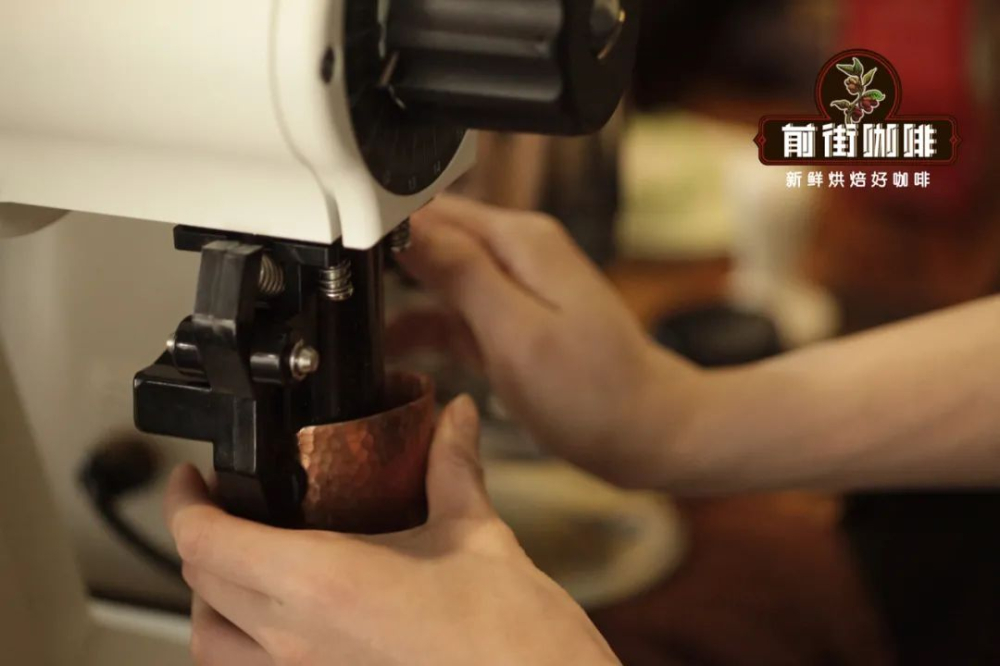
Water temperature and grinding degree play a similar role. The higher the water temperature, the higher the extraction efficiency of coffee, the easier it is to release various substances, and the higher the concentration is. If you use hot water that is close to boiling, it is easy to extract unpleasant bitter substances, so if you deep-bake coffee beans, Qianjie will use different cooking parameters from light-roasted coffee beans. There are more caramelization reactions than lightly roasted coffee beans, so it is easier to release bitter macromolecules. In order to avoid excessive extraction of miscellaneous flavor, Qianjie will lower the water temperature a little bit. The brewing temperature of light roasted coffee is 91-93 ℃, and 87-88 ℃ is recommended in the front street of medium and deep roasted coffee beans.
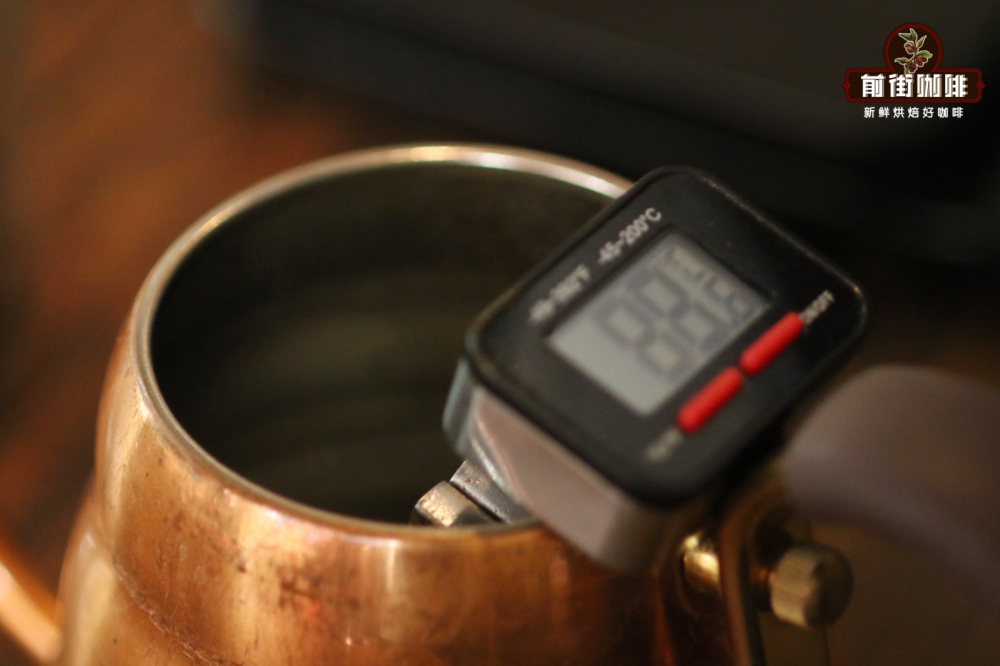
If you are a beginner, the ability to control water is not very strong, and the water flow is not stable enough. Then segmented water injection is the simplest and most compatible method. For example, our cooking time is 2 minutes, if the previous water injection takes more time than planned, then the subsequent water injection will need to increase the flow water injection. On the other hand, if the flow ahead is too fast, the injection of small water flow can be controlled more slowly.
Qianjie usually uses three-stage water injection, with a powder-water ratio of 1:15 and 15g coffee per person, that is, a total water injection of 225g.
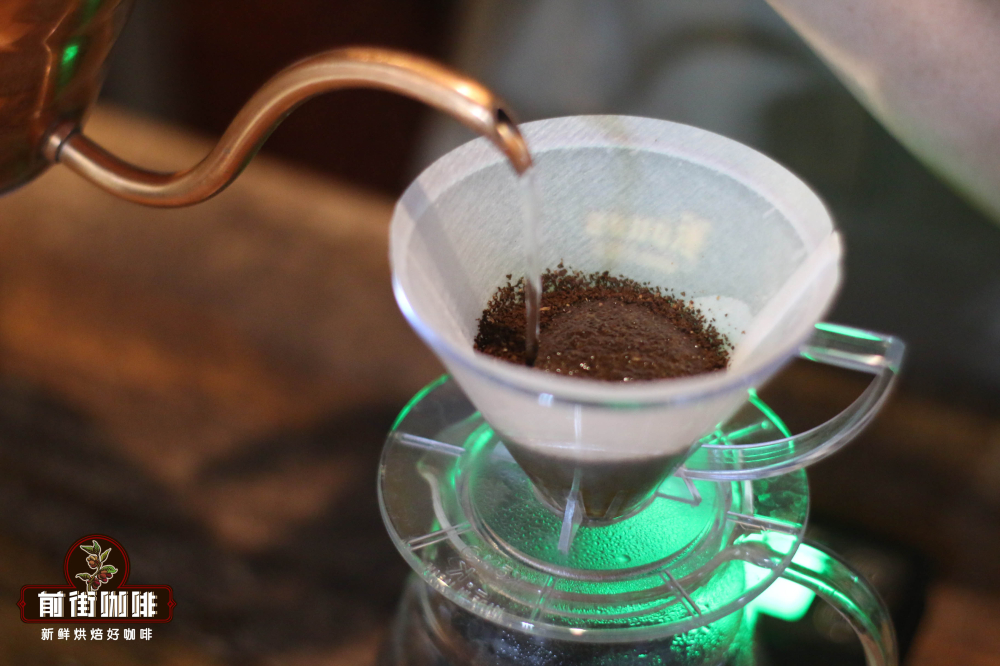
The first stage is gently injected with 30 grams of water for steaming for 30 seconds, and the second stage is injected with about 125 grams of water to circle evenly and smoothly outward. Then wait for the coffee liquid to drop, drop to half, inject the last section of water to 225 grams, wait for the coffee to fall behind, the general total extraction time is about 2 minutes.
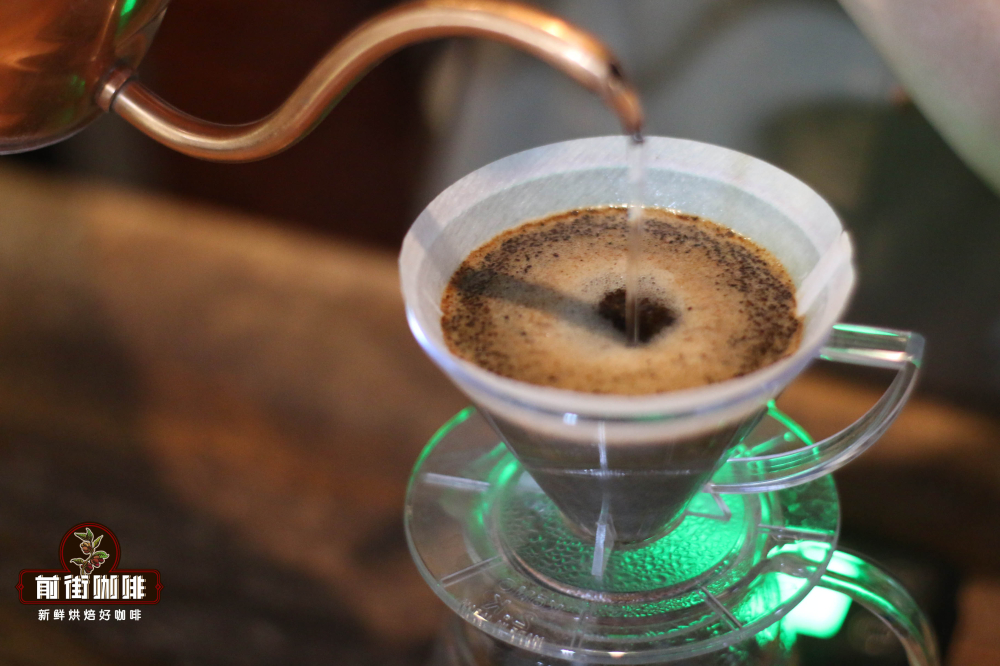
Blue Mountain No. 1 Coffee Flavor: at high temperature, the entrance of Blue Mountain No. 1 coffee is dark chocolate aroma, very mellow, and the return of almonds is obvious. As the temperature drops, baked hazelnuts and cream are sweet and silky, with a hint of soft acidity and caramel sweetness, and the aroma lasts in the mouth.
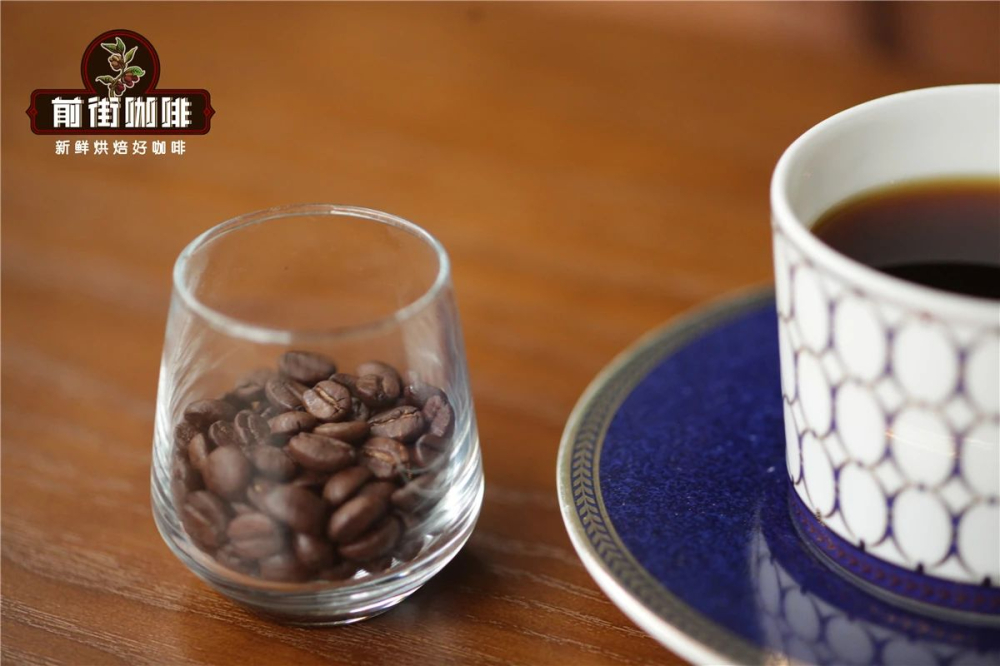
Professional coffee knowledge exchange more coffee bean information please follow the coffee workshop (Wechat official account cafe_style)
For more boutique coffee beans, please add private Qianjie coffee on Wechat. WeChat account: qjcoffeex
Important Notice :
前街咖啡 FrontStreet Coffee has moved to new addredd:
FrontStreet Coffee Address: 315,Donghua East Road,GuangZhou
Tel:020 38364473
- Prev
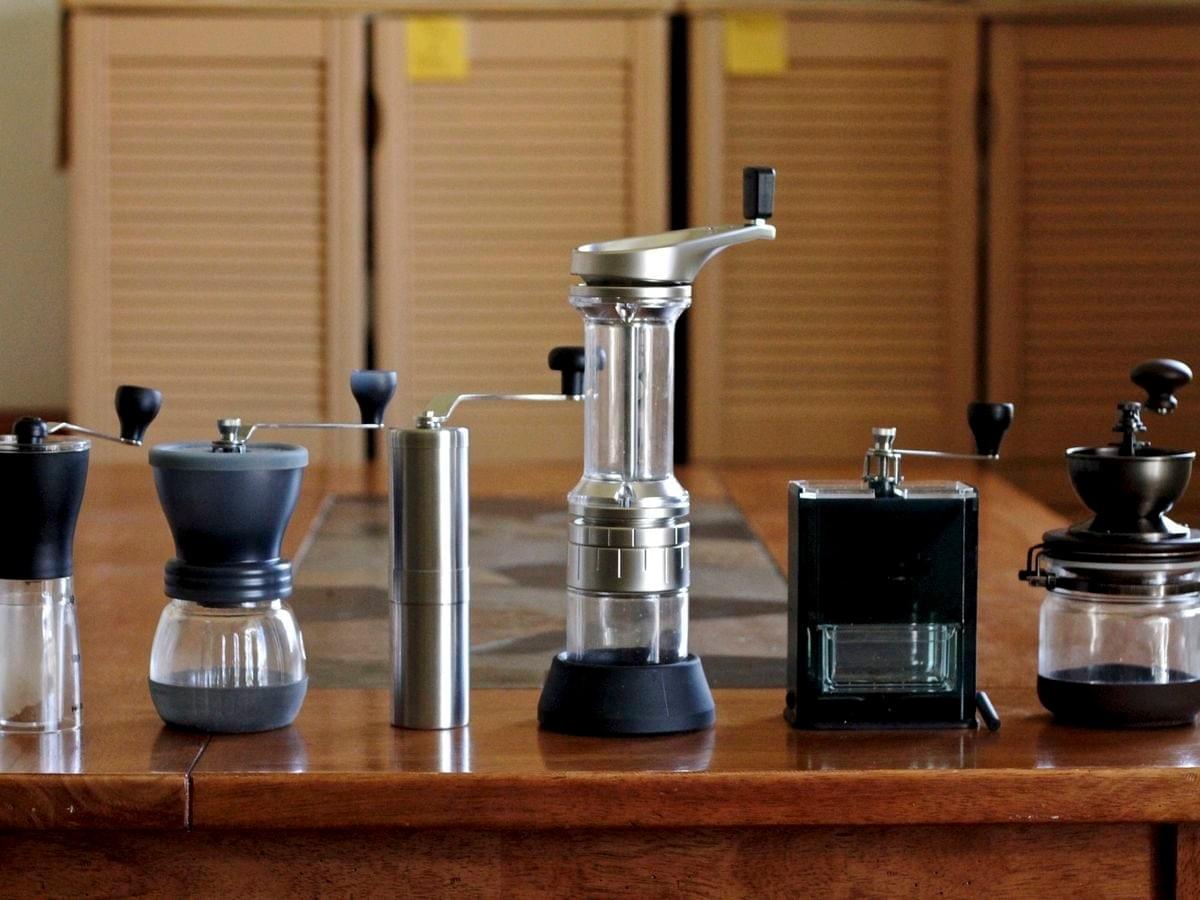
Analysis and comparison of advantages and disadvantages of six kinds of hand Bean Mill Brand recommendation of 2022 hand Bean Mill
Professional coffee knowledge exchange more coffee bean information please follow the coffee workshop (Wechat official account cafe_style) have you ever seen or used a manual bean grinder? It is not only easier to carry than the electric bean grinder, the price is more friendly to the people, but also makes you have more fun when making coffee, and the feeling of grinding is quite relieving.
- Next

How to choose the filter cup of kono famous coffee? Introduction to the characteristics and cooking methods of KONO filter cup
Professional coffee knowledge exchange more coffee bean information please follow the coffee workshop (Wechat official account cafe_style) kono filter cup comparison: Ben flow VS Kanazawa flow KONO drip type, stirring type brewing-KONO famous door / celebrity filter cup-compared to the cone of Hario,KONO
Related
- What is the Philharmonic pressure? How to use Philharmonic pressure to make delicious coffee
- Why does a hand grinder have more fine powder than an electric grinder?
- In addition to the hot mom, what is the difference between the versions of EK43 | ditting and Mahdi ek43?
- What kind of equipment do you need to make coffee by hand? Introduction to novice starter cooking equipment tools
- Espresso needs to be ground how thick and thin scale entry Italian Coffee Machine Bean Grinder investigation and Grinding course
- How much does it cost to open a small private cafe? How much does it cost to learn coffee? How to operate it?
- The difference between the flavor characteristics of hand-brewed coffee and coffee maker is hand-brewed coffee really better than coffee maker? Can I use a coffee machine to make coffee beans by hand?
- The difference between 01 and 02 of hario v60 filter cup what is the difference between 01 and 02 filter cup opening and cooking flavor
- What's the difference between the smart cup and the French kettle? Which is better, the French kettle or the Smart Cup?
- What's the difference between a smart cup and a V60 filter cup? The difference between the taste of smart cup and hand-brewed coffee

